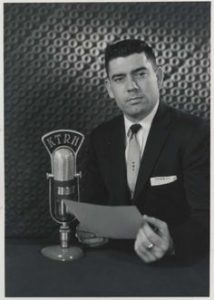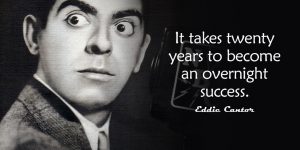 Gangnam Style is finally no longer the most watched YouTube video. The mega-hit by South Korean Psy was the most played video on YouTube for the last five years.
Gangnam Style is finally no longer the most watched YouTube video. The mega-hit by South Korean Psy was the most played video on YouTube for the last five years.
How popular was Gangnam Style? It broke the play counter and forced YouTube to rewrite the code, but now there’s a new No. 1; “See You Again” by Wiz Khalifa and featuring Charlie Puth.
“See You Again” has whizzed by Psy with an astonishing 2,896,978,257 views (at the time of writing). The song, released in 2015 on the Furious 7 Original Motion Picture Soundtrack, was commissioned as a tribute to the late actor Paul Walker.
A lot has happened since Gangnam Style was released. Obama was re-elected to a second term, Whitney Houston passed away, the Boston Marathon was rocked by a bomber, Pope Benedict XVI resigned, Malaysia Airlines Flight 370 went missing, the Winter Olympics were held in Sochi, Microsoft introduced Windows 10 and Donald Trump was elected president.
It is astonishing when you think about the number of times these two videos have been seen when you consider that 300 hours of video are uploaded to YouTube every minute with almost 5 billion videos being watched every day.
Video may have killed the radio star, but today it looks like YouTube killed MTV.


